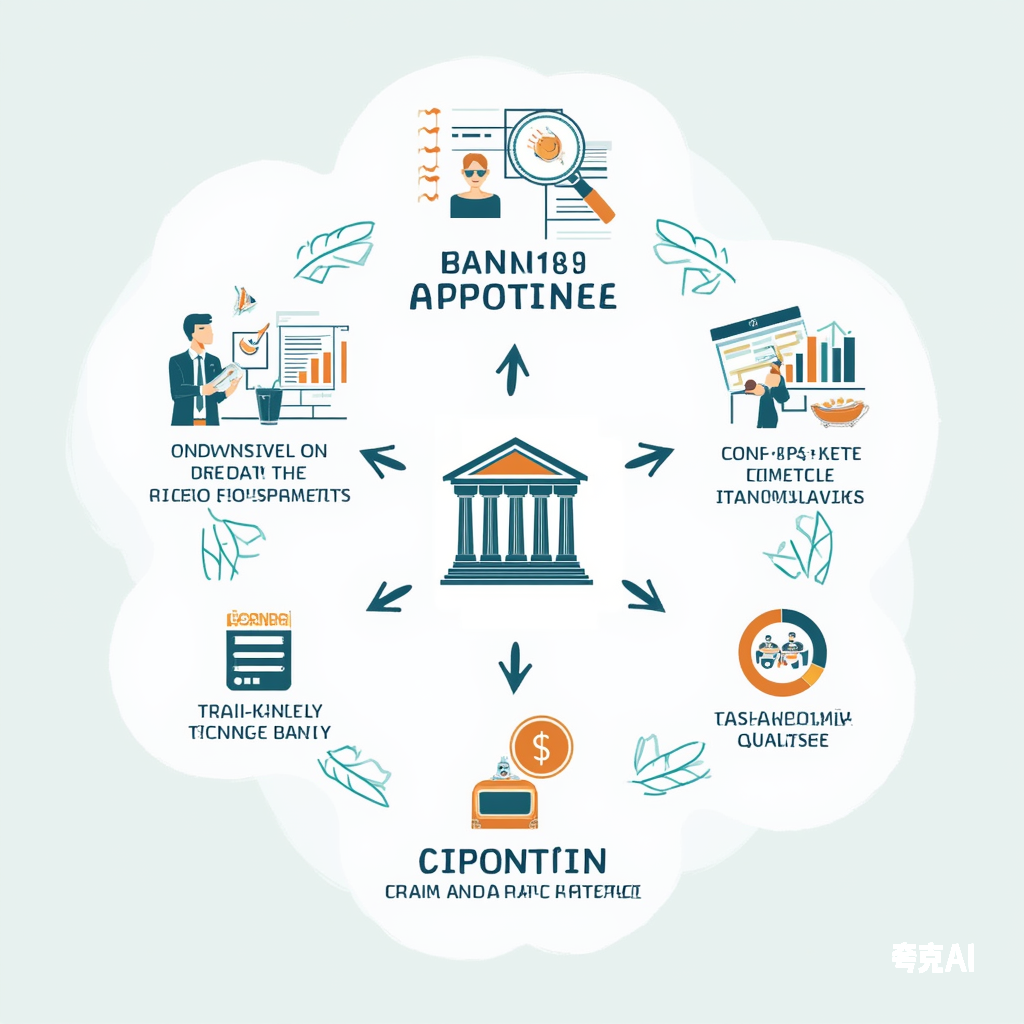In the vast landscape of finance, bank lending serves as the lifeblood of economic activity. Behind every loan approval lies a meticulously coordinated team of professionals, each playing a critical role in facilitating capital flow for businesses and individuals. This article unveils the unsung heroes of the lending process—highlighting their responsibilities, expertise, and the synergy that keeps the wheels of finance turning.
I. The Frontline: Business Development Pioneers
1. Relationship Managers: The Client’s Financial Advocate
Relationship Managers (RMs) are the face of the bank, bridging the gap between clients and financial solutions. They thrive in client-facing roles, whether assisting small business owners with expansion capital or guiding individuals through mortgage applications. Their deep knowledge of loan products—from interest rates to repayment structures—enables them to craft tailored solutions.
Beyond securing new clients, RMs nurture long-term relationships. Regular check-ins, proactive problem-solving, and a keen understanding of market trends are hallmarks of their role. Success hinges on emotional intelligence, negotiation skills, and an unwavering commitment to service excellence.
2. Loan Officers: The Hunters of Opportunity
Loan officers are the bank’s frontline scouts, identifying potential borrowers through targeted outreach—be it telemarketing, industry conferences, or digital platforms. Their mission: to match clients with the right loan products. From initial consultations to application submissions, they streamline the process, demystifying jargon and ensuring paperwork is flawless.
Key skills include persuasive communication, analytical thinking, and agility in adapting to diverse client needs.
II. The Gatekeepers: Risk Management Experts
1. Loan Underwriters: The Decision Architects
Once an application lands on the desk, underwriters become the ultimate arbiters. They dissect credit histories, income stability, debt-to-income ratios, and loan-purpose validity, balancing risk with the bank’s profitability goals. A single oversight could spell disaster, so precision is non-negotiable.
Underwriters rely on:
- Risk-based pricing models to set terms.
- Regulatory compliance checks (e.g., anti-money laundering protocols).
- Industry-specific insights (e.g., red flags in volatile sectors).
Their verdicts shape the bank’s asset quality—making judgment calls as much an art as a science.
2. Risk Managers: The Sentinels of Stability
Risk managers operate at a macro level, safeguarding the bank’s portfolio. Using advanced analytics, they:
- Predict sectoral downturns (e.g., commercial real estate bubbles).
- Stress-test loan books against economic shocks.
- Recommend mitigations like collateral adjustments or early recalls.
Their proactive strategies shield the bank from systemic threats, ensuring long-term resilience.
III. The Backbone: Operational and Compliance Support
1. Loan Servicers: The Guardians of Repayment
Post-approval, servicers take the reins. Their tasks include:
- Monitoring borrower financial health via periodic reviews.
- Negotiating workout plans for delinquent accounts.
- Maintaining audit-ready documentation.
Their role is pivotal—transforming paper contracts into repaid loans.
2. Credit Analysts: The Data Alchemists
Armed with predictive models, credit analysts quantify risk through:
- 5C’s analysis (Character, Capacity, Capital, Collateral, Conditions).
- Cash flow projections for corporate borrowers.
- Behavioral scoring (e.g., retail borrowers’ payment patterns).
Their reports empower underwriters with data-driven insights.
3. Compliance Officers: The Rulebook Enforcers
In an era of tightening regulations, compliance teams:
- Audit loan files for adherence to laws like the Truth in Lending Act (TILA).
- Draft ironclad contracts to avert litigation.
- Train staff on evolving standards (e.g., climate-risk disclosure mandates).
Their vigilance preserves the bank’s reputation and legal standing.
IV. The Synergy: How Roles Interconnect
- Collaboration: RMs and underwriters debate borderline cases.
- Checks and Balances: Risk managers veto overly aggressive approvals.
- Feedback Loops: Servicers alert analysts to early warning signs.
This ecosystem thrives on transparency and shared goals—profitable growth with prudence.
Conclusion: The Human Engine of Finance
From the charismatic RMs to the meticulous compliance teams, each role is a cog in a well-oiled machine. For readers navigating SinoloanHub.com, understanding these dynamics demystifies lending—and underscores why banks remain pillars of economic progress.
🥳 Love My Content?
Fuel more free guides with a beer! 🍺
(Every sip makes the keyboard dance!)
Secured via PayPal • No account needed

 SinoLoanHub: Expert Business Loan Solutions for North American Companies
SinoLoanHub: Expert Business Loan Solutions for North American Companies






